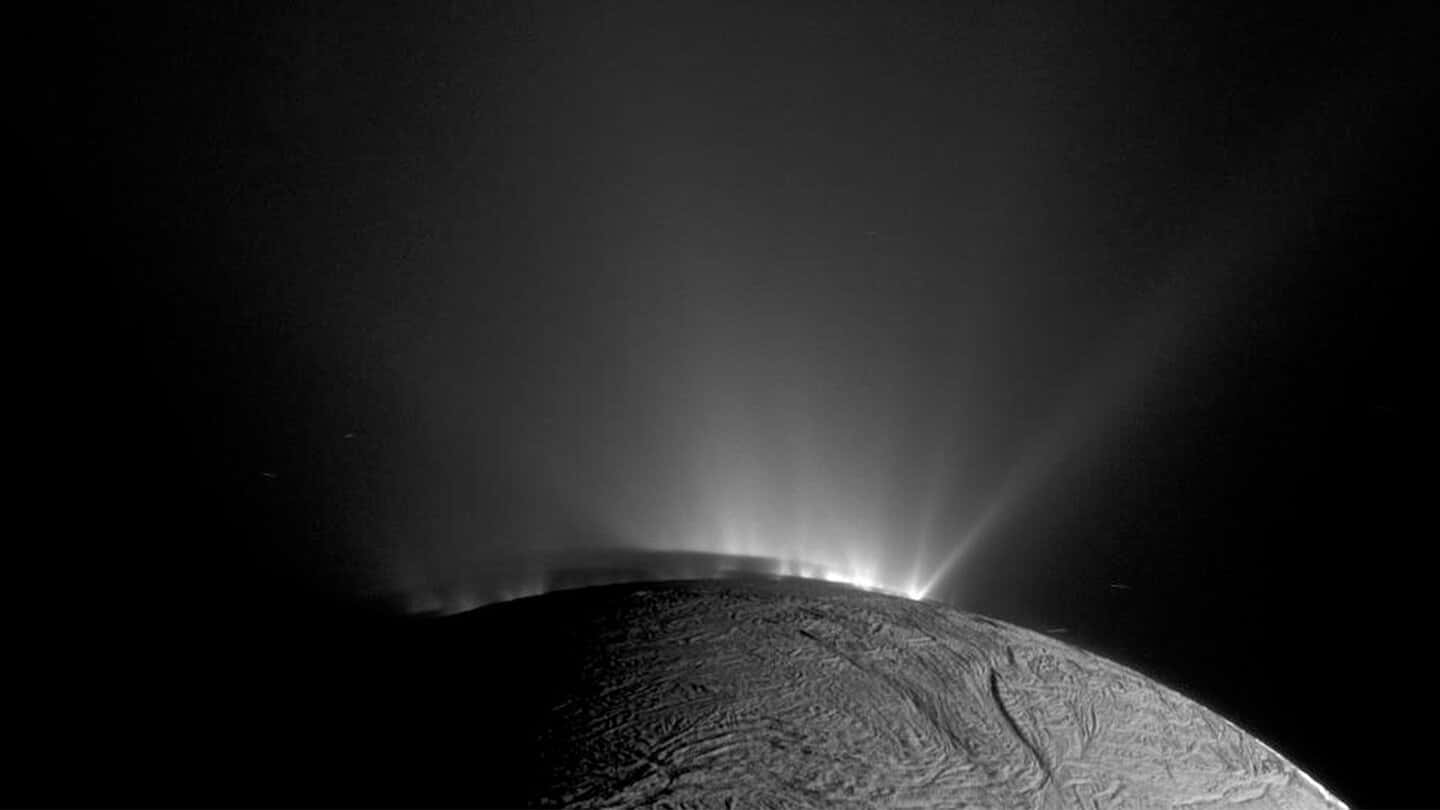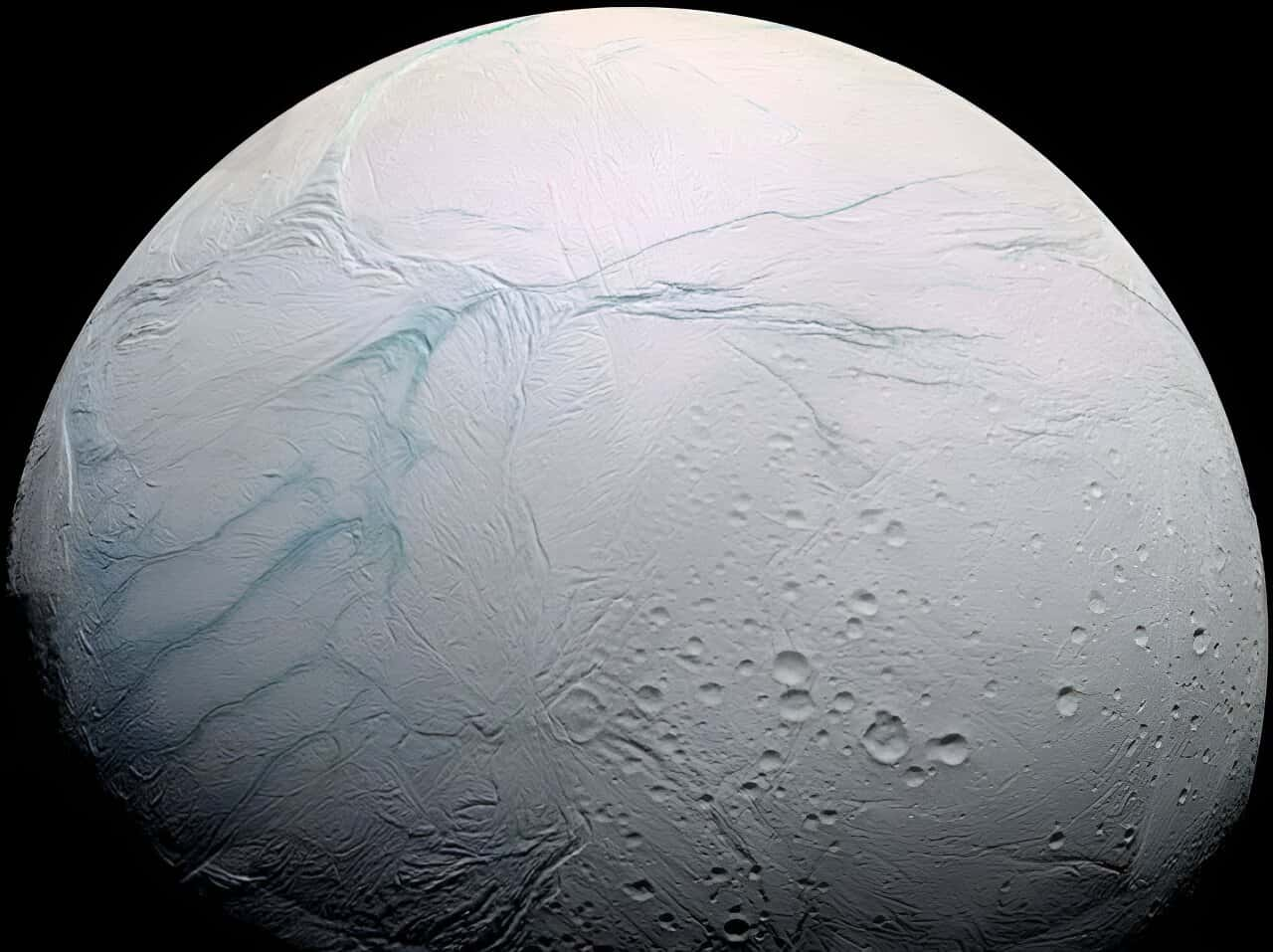In a groundbreaking study published in the journal Nature Astronomy on Thursday (Dec. 14), scientists reveal that data from NASA‘s Cassini mission, which concluded six years ago, has uncovered a vital ingredient for life on Saturn moon Enceladus.

The spacecraft’s observations have exposed a potent energy source deep beneath the Saturn moon Enceladus’s icy exterior, raising the possibility of habitable conditions
Saturn moon Enceladus, known for ejecting plumes of ice and water through fissures in its icy shell, has long been recognized as harboring organic molecules. In 2017, Cassini identified carbon dioxide, methane, and hydrogen in these plumes, suggesting the presence of methanogenesis, a metabolic process associated with life. The recent analysis, however, adds a crucial element to the mix: hydrogen cyanide, a key precursor for molecules essential to life on Earth.
This discovery not only propels the concept of Saturn moon Enceladus’ habitability to new heights but also indicates that the subsurface ocean, believed to be the origin of these plumes, may contain various organic compounds serving as potential fuel sources for life. Lead author Jonah Peter, a Harvard University doctoral student, emphasizes that the findings offer substantial evidence supporting Enceladus as a host for crucial molecules involved in life’s building blocks and sustaining metabolic reactions.
The newfound significance of hydrogen cyanide in the formation of complex biomolecules is particularly exciting, as it acts as a versatile tool in constructing amino acids, the fundamental components of life
Researchers, led by Peter, conducted rigorous statistical analyses to support their findings, asserting the robustness of the evidence and the lack of alternative models that could match the plume composition without incorporating hydrogen cyanide.
The research team, including Kevin Hand from NASA’s Jet Propulsion Laboratory (JPL), likens the energy potential of Saturn moon Enceladus’ subsurface ocean to a car battery, surpassing the previously known methanogenesis process. This expanded chemical energy source opens up various pathways for potential organisms, prompting further investigation into Enceladus’ suitability for life.
Despite Cassini’s mission concluding with a dramatic dive into Saturn’s atmosphere in 2017, this study underscores the mission’s enduring legacy, providing ongoing insights into Saturn and its moons, particularly the mysterious Saturn moon Enceladus. Scientists are now poised to explore these chemical pathways in laboratories, endeavoring to unveil whether Enceladus possesses the essential conditions for life as we know it.




